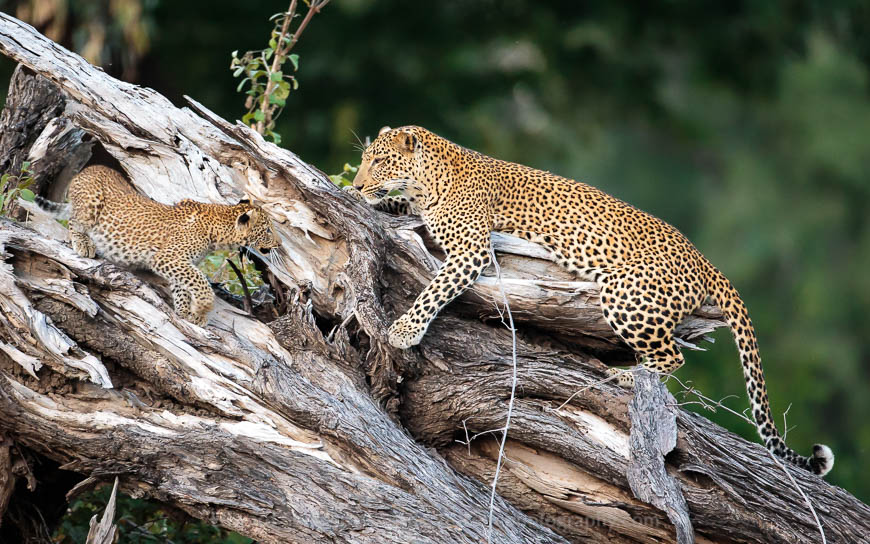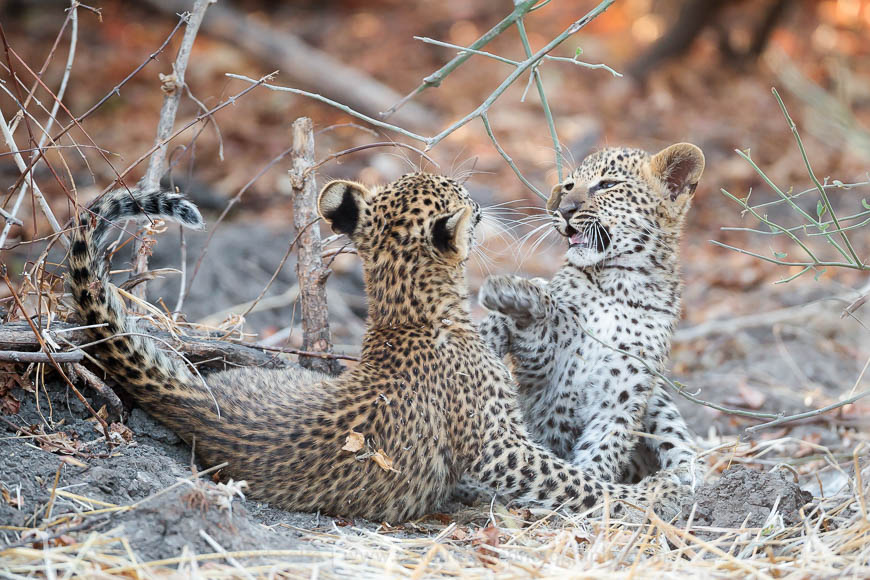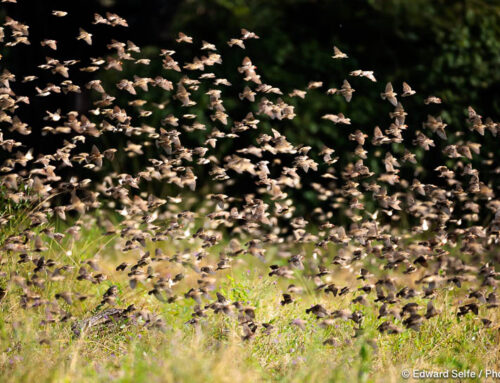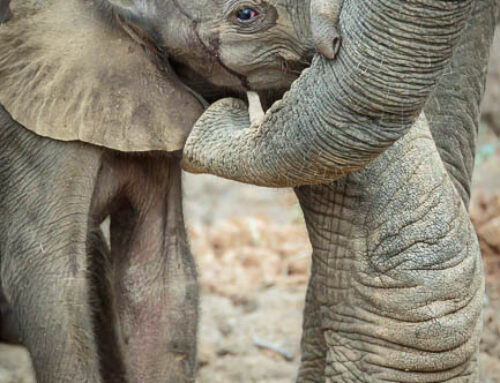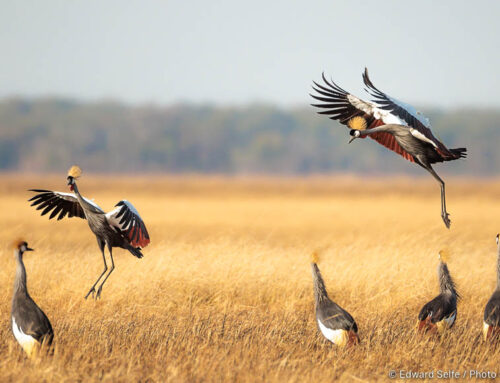It’s hard to identify what it is that so attracts safari goers to leopards; some say it’s their secretive nature and apparent scarcity, and yet in many of the best safari areas, sightings are readily available to guides who know how to find them; some say it’s their beauty, but there is similar beauty in many of Nature’s finest creations; others say that it’s the leopard’s blend of elegance, agility and devastating power. Whatever it is that draws us to them, sightings of leopards are always top of wish lists everywhere.
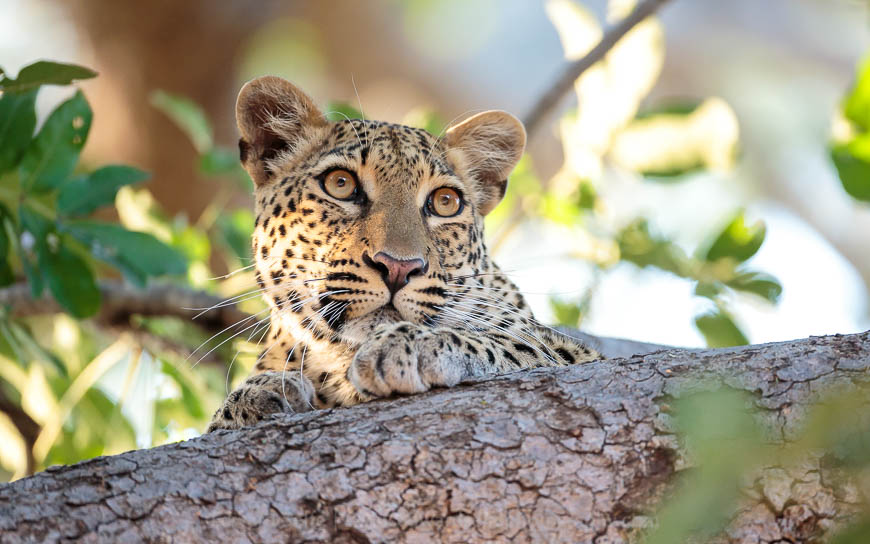
Leopards are a solitary and secretive predator with a very eclectic diet; these characteristics have made them highly successful, enabling thriving populations in regions as diverse as mountain forest, savannah and city suburbs! Anywhere that offers sufficient prey and suitable hiding places in Africa and Asia can support a leopard population.
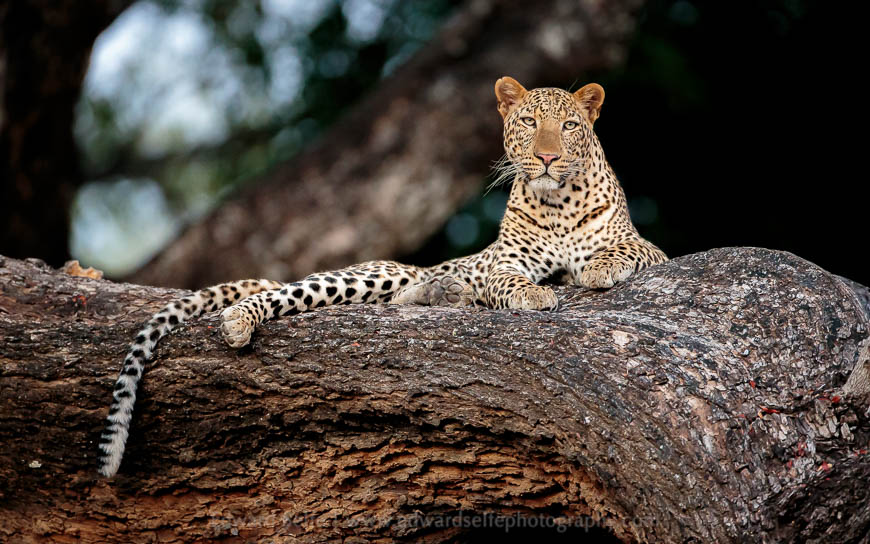
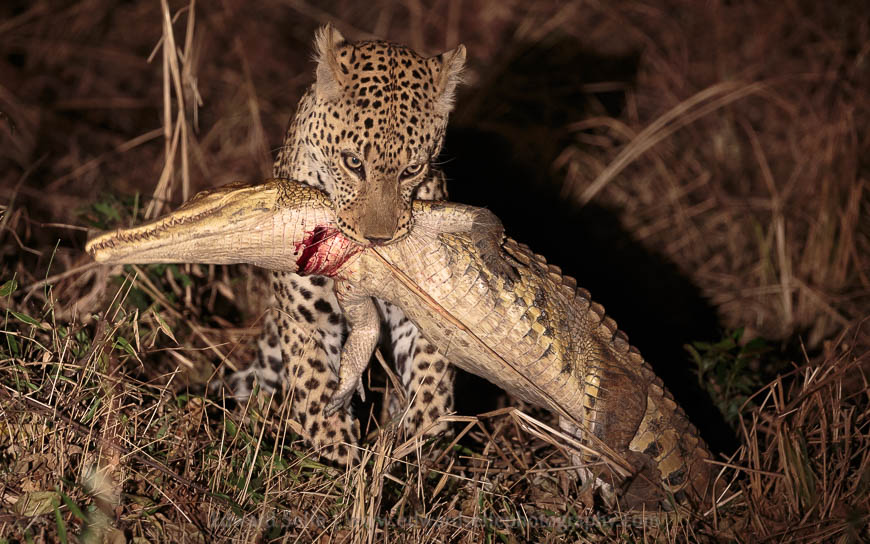
Adult leopards range in size from small females of 30kgs to very large males which occasionally reach 90kgs. Consequently, leopards feed on a wide variety of prey species – more than 90 in total have been recorded – ranging from small birds, insects and rodents up to young giraffe, kudu and zebra!
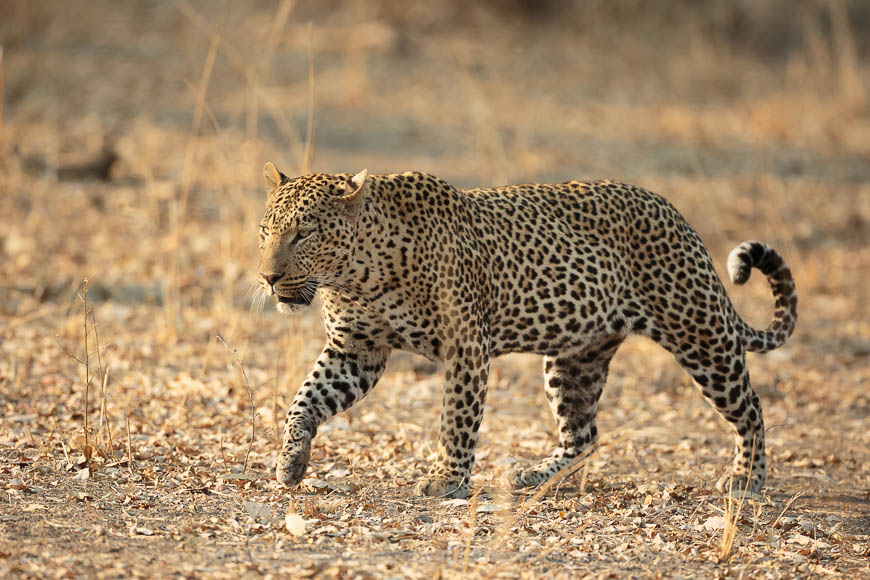
As solitary creatures, leopards must avoid conflict with other predators which might result in an injury that prevents them hunting. Therefore, the prey targeted is often determined by the cat’s ability to carry the carcass into a tree, where it is safe from other predators and scavengers. Some leopards become specialists in hunting certain species; a few Luangwa leopards have developed the skills to hunt baboons, a food source that many cats avoid due to baboons’ co-operative nature, grabbing hands and very sharp teeth!
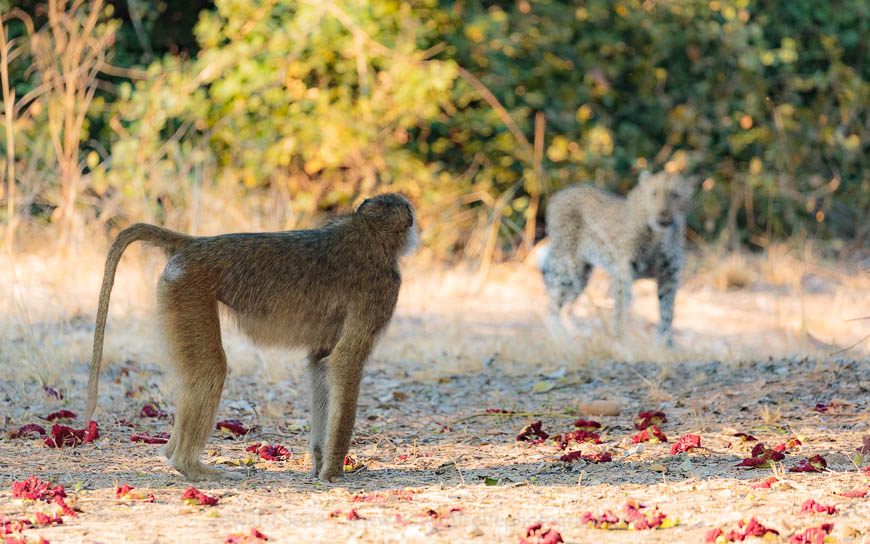
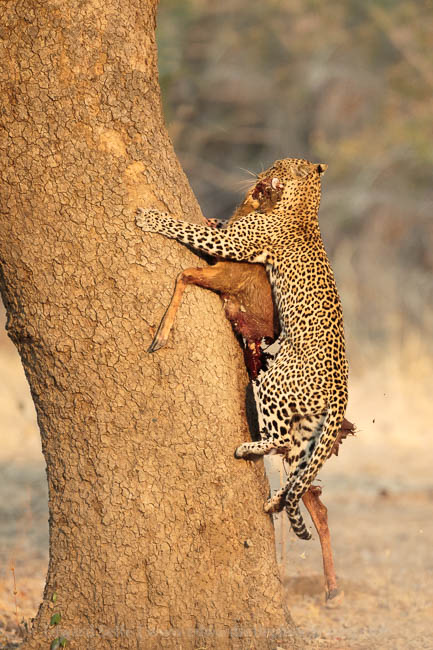
Leopards stalk and ambush more than other large cats, relying on disruptive coat patterns to assist them in blending with their surroundings. Usually hunting at night, they often take hours over a stalk to get within a few metres of their prey, before ambushing with unparalleled explosive speed. They complete the kill with a strangulation hold on the throat or nose, or a bite through the neck in smaller species.
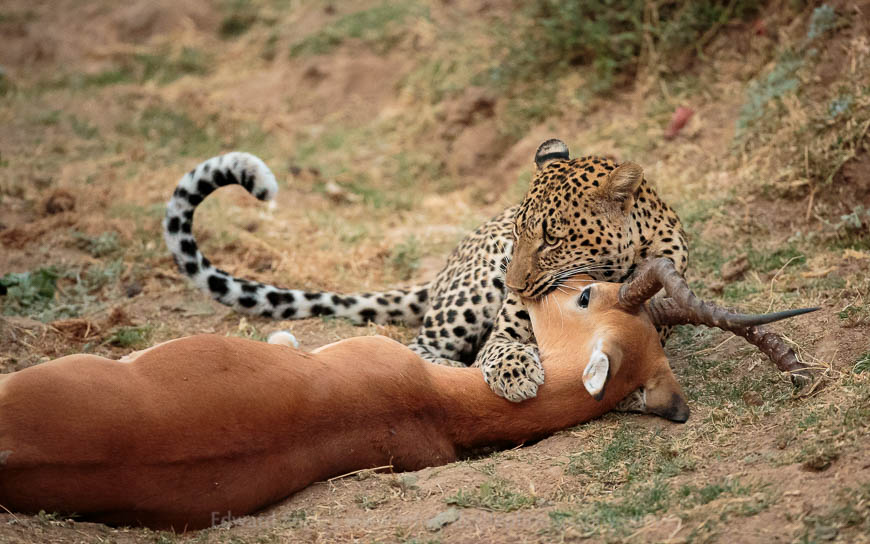
They break their normal solitary and highly anti-social tendencies during mating periods when males accompany females over a period of 4 – 5 days. During this time, they hunt, feed and rest together while mating repeatedly; as in many cat species, the male plays no part in the rearing of the cubs that appear 3 months later.
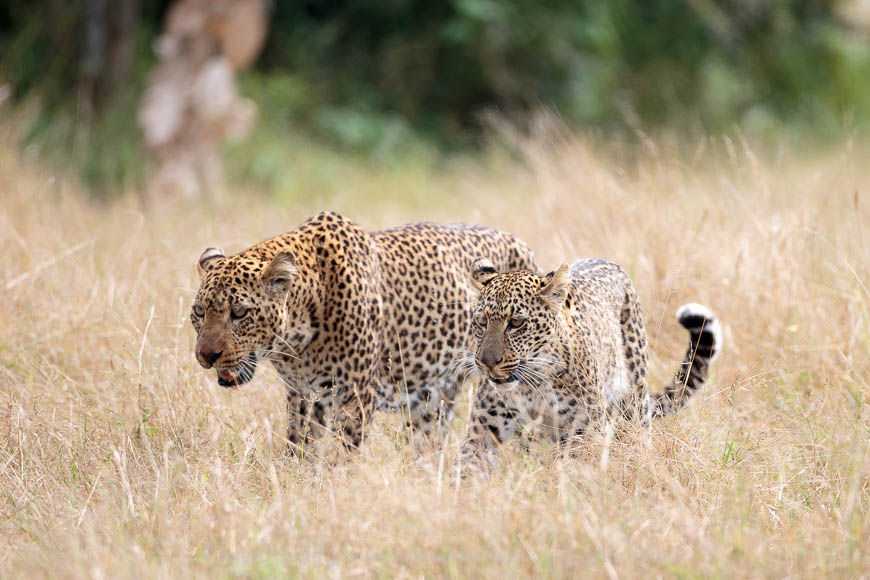
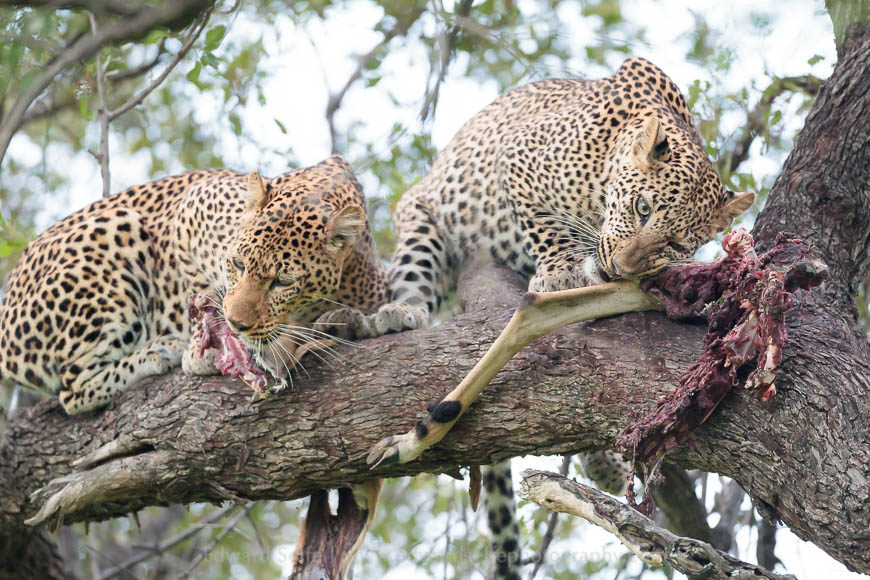
Young leopards remain with their mothers until about 2-3 years old, becoming increasingly independent throughout this period. Females are likely to remain close to their mother’s territory, while males tend to strike out further in search of mating opportunities. The rearing of cubs is perhaps the time when female leopards are at their most secretive, but several South Luangwa leopardesses are well known for allowing us a window into their private lives.
